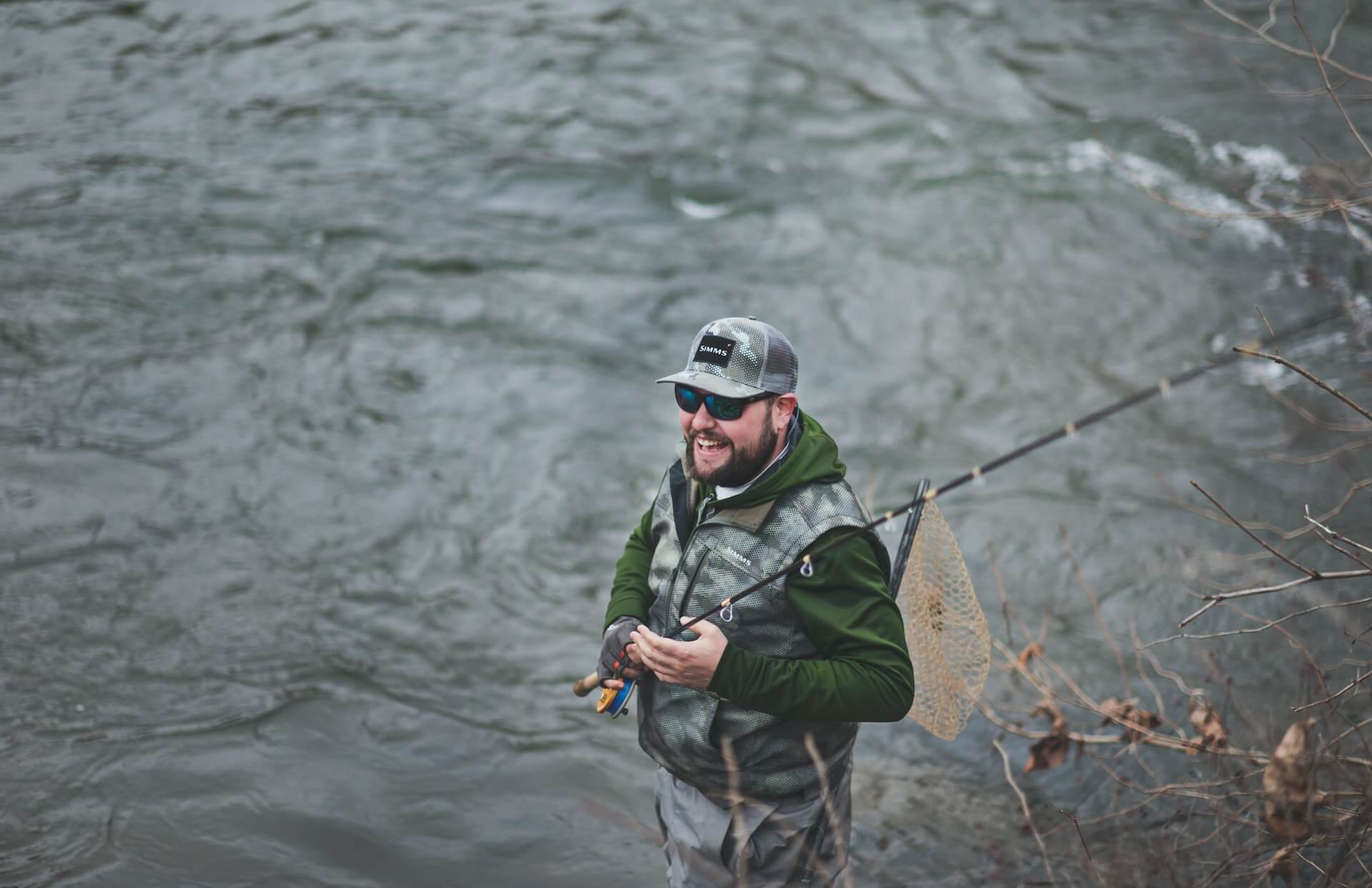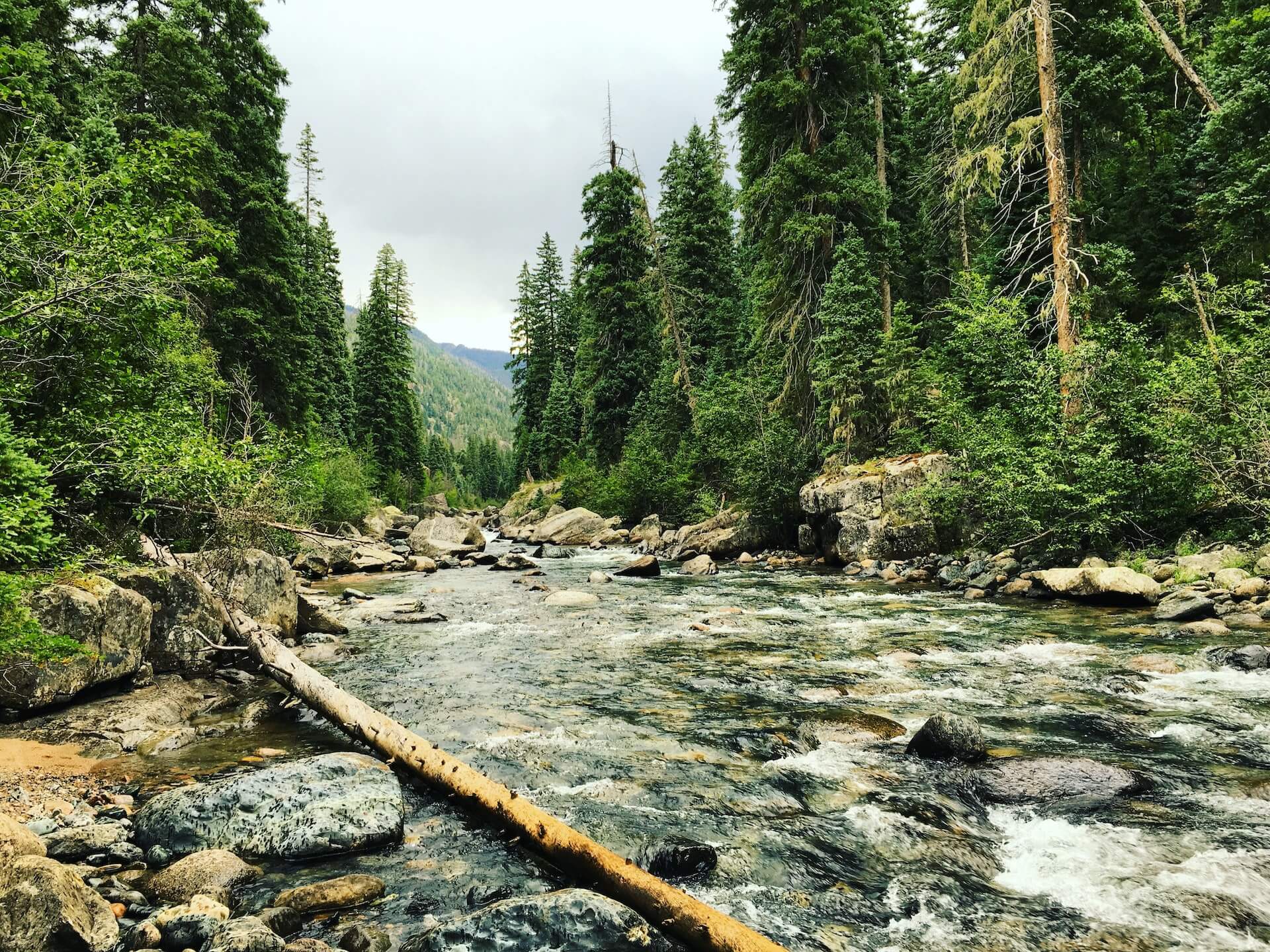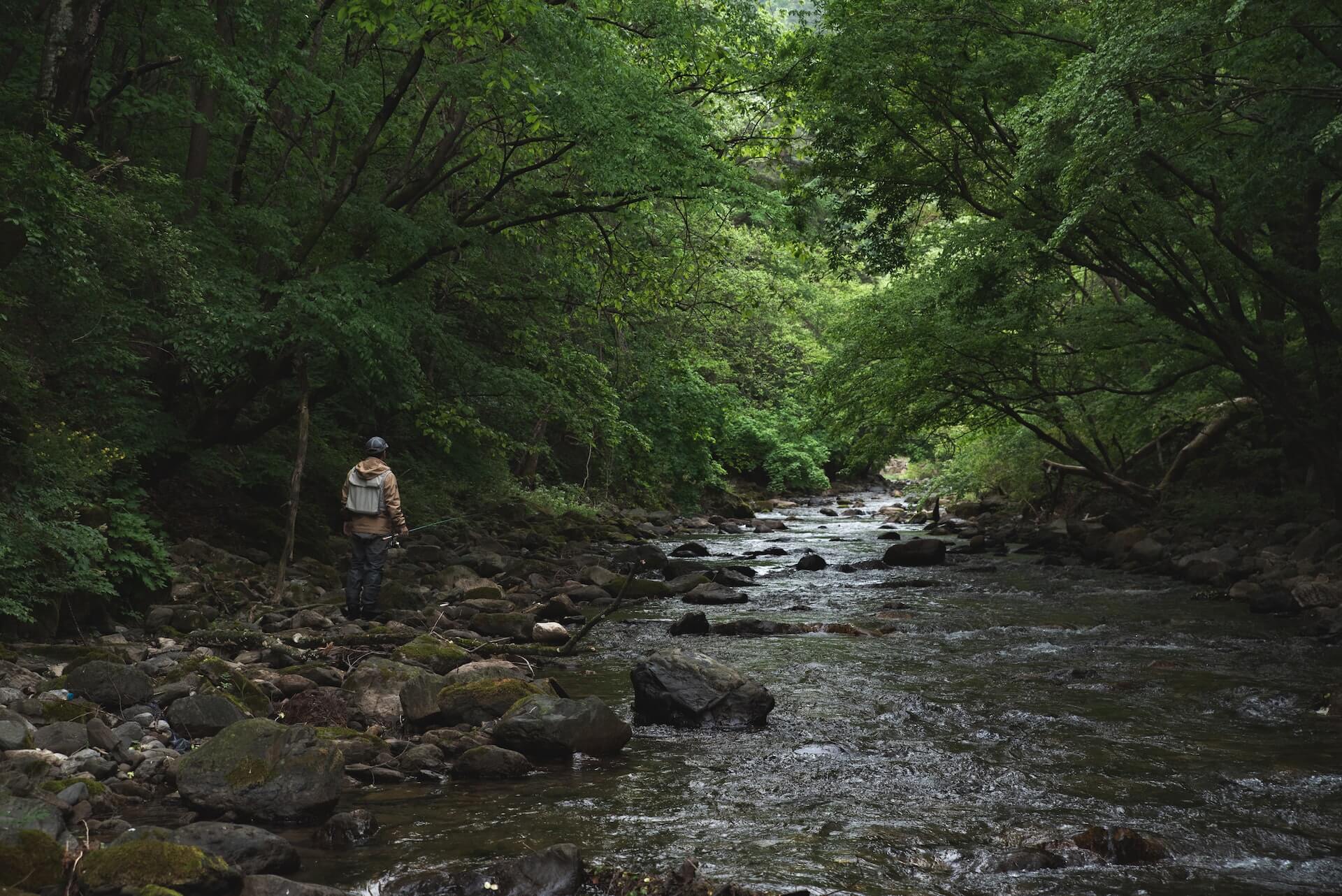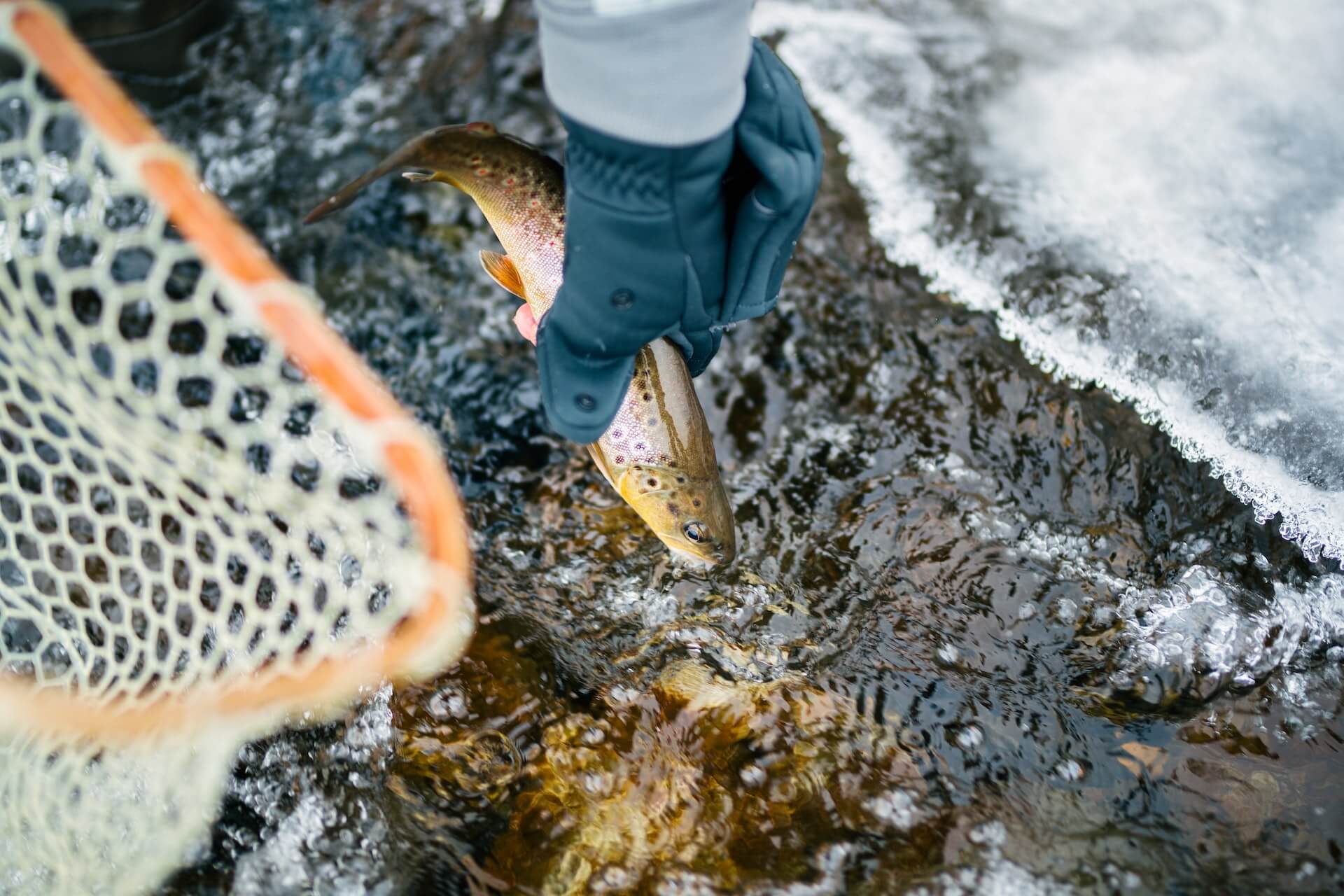
La whitewater trout fishing is an exciting activity that requires patience, strategy and technique. The opening of thetrout fishing is fast approaching, and if you're reading this article long after it's been published, you should know that it takes place every year on the second Saturday in March.
The trout are fast and delicate fish, making them a challenging prey for experienced anglers, you will also enjoy learning how to fish this specimen if you are a novice.
Whether you're looking to relax in the great outdoors or test your skills as a fisherman, whitewater trout fishing is a unique and rewarding experience.
France is full of magnificent places that sometimes require a lot of effort to reach, but the memories of these moments will be engraved for life.
In this article, we offer a series of tips and tricks to help you prepare for and enjoy your next whitewater trout fishing trip.
What is living water?

While this may seem obvious to an angler with several outings under his belt, it's not such a silly question for a beginner.
So what does it mean when the expression "living water" refers to a a fast-flowing, active stream or river quite simply.
It is often associated with rapids, torrents, waterfalls and rivers, so you can find them in our mountain ranges, for example.
Fish such as trout are often found in these types of water because of the abundance of oxygen and food. This is their natural environment, unlike fishing tanks where oxygen is artificially created to recreate the same conditions necessary for the survival of the species.
This kind of environment means that anglers have to adapt their equipment and use new techniques very specific techniques to be effective in all circumstances. That's what we'll be looking at over the next few lines.
Fishing techniques

Tackle fishing
This technique is a real winner in whitewater. It's very effective and doesn't require a lot of training, so you can have a lot of fun with very little practice.
You'll need to work your way upstream through the watercourses and, as soon as you find the ideal spots, present your bait several times to make sure you get a bite.
Try to find hollows and hiding places and don't hesitate to look behind large rocks where trout are used to lying in ambush.
Ultra-light fishing
Ultra-light lures have become increasingly popular in recent years, and are highly effective in currents. Today's fishing brands offer a wide selection of incredibly effective swimbaits, spoons and soft lures.
You'll need to stand on the edge or in the water holes, so with light, very short casts (generally less than 2m) you can attack the spots in your immediate vicinity.
The advantage of this technique is undoubtedly its effectiveness in many situations, so you can easily change lures and fish effectively below a waterfall, in a main vein or in deep troughs.
Fly fishing
Finally, legendary fly fishing is a technique that will appeal to keen anglers with a strong desire to learn more about how nature works and how a rod and line are animated.
Terribly effective once mastered, you can practice it in all types of whitewater. There's no point in staying on the same spots for too long, as lady farios will come back up to the river to fishAlsothe waters.
Finally, whatever technique you choose, analyse the river and weather conditions carefully and remain as discreet as possible. Mountain trout can easily detect unusual activity on the banks from great distances.
The equipment you need for whitewater trout fishing

You will sometimes have to fish in very narrow environments, and you will also have to walk a long way to reach your spot.
All these factors mean that you will need to adapt your fishing equipment accordingly, rod, , reel, , wire, , lures and accessories will have to comply with these requirements.
The fishing rod
To choose your fishing rod, for most techniques, we recommend selecting a model that is short enough. This will give you greater manoeuvrability and help you master your casts in narrow, hard-to-reach areas.
A 1m70 model or less should do the trick. You'll be able to practice with short, accurate casts up to medium ranges, which will be more than enough for medium-sized whitewater.
For fly-fishing enthusiasts, there are several schools of thought: those who prefer a fairly short rod of 7 feet of 3 and those who prefer a more classic solution with a 10-foot or even 11-foot model for greater comfort.
For power, go for a light power (L) or ultra light (UL).
The reel
This time you'll need a very fast ratio. This will enable you to get your line, your lure and therefore your trout to the end of the line as quickly as possible.
This high recovery ratio will help counter the currents, which can sometimes be very powerful in whitewater.
You can do the test once with a slow ratio, you will be quite disappointed trust us. What will happen is quite logical in the end, your lure will go downstream at the same speed as you bring it back, its action will suffer and the trout will show very little interest in your bait.
You can then select size 1000 to 2000 from specialist trout fishing brands.
Decoys
Obviously, it all depends on the technique you decide to use. If you're going to fish with a toc, some red worms or other natural baits will do the trick. Still using jigs, you can decide to use nymphs, all you need to do is weight it lightly and you'll be able to explore the currents with ease.
For fly-fishing, you can opt for models of dry flies. Highly effective in whitewater, they also require a great deal of skill to be effective.
Another very effective alternative: ultra-light. You will need to select from small lures or spoons it's best to take a little bit of everything to be able to deal with every situation.
Rig accessories
Whitewater can take you to spots where there are a lot of rocks and walls, so braid is not really the best choice because of its fragility to abrasion.
In this case, we recommend that you start with a nylon which will prove to be the ideal line for such a practice.
You can then select a fairly fine nylon, around 14/100 à 16/100, this means you'll always be able to cast discreetly with very light lures.
If you're looking for a torrent with a lot of turbulence and current, you can even select a nylon with a very bright or even fluorescent colour. You'll be able to follow it better and master your technique. Don't forget to use a leader at least 2m thinner than the body of your line to ensure discretion.
